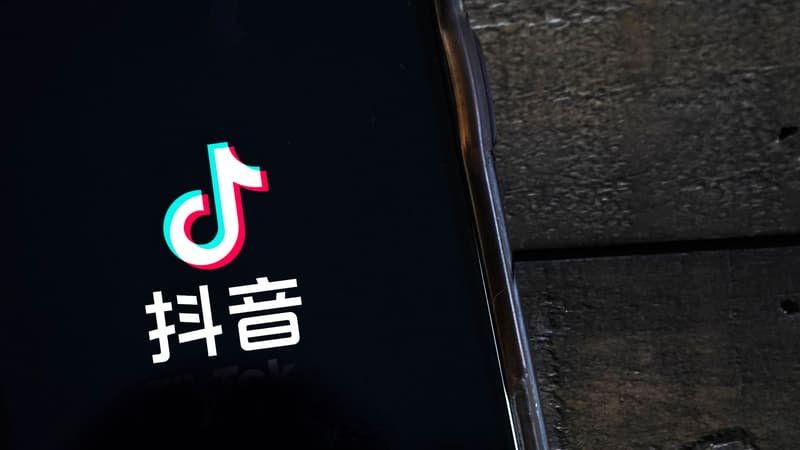Douyin. This name probably means nothing to you. And yet, you may be using its western “clone” every day, like TikTok. Because Douyin, which also belongs to ByteDance, TikTok’s parent company, is only reserved for the Chinese market, meanwhile deprived of the Western version of the platform.
Head side, cross side
At first glance, TikTok and Douyin share many points in common: an interface with a similar design, with a succession of full-screen videos, designed to make us spend long hours with our eyes glued to our mobile. But under the hood, the reality is quite different.
While threats to ban TikTok in the West are mostly based on cybersecurity concerns, critics also point to the social network’s propensity to hold the attention of the very young for long hours. On March 1, TikTok announced a limit of 60 minutes per day for underage users, although this limit is optional and TikTok has no way of verifying the age of Internet users.
In China, the government has been pressuring tech giants for several years to drastically limit teens’ screen time, whether it’s playing video games or on social media.
As of 2021, Douyin has limited the application time to 40 minutes for children under 14 years of age. Contrary to what applies in France, this limit cannot be removed by the user. It is also complemented by the automatic deactivation of the application from 10 pm.
five second pauses
The Chinese version of TikTok has also imposed five-second pauses between two videos for users who spend too much time watching the platform. A period of time during which Internet users see messages from the Chinese musical group Phoenix Legend appear, encouraging them to “put down the smartphone”.
But in addition to regulating its access more drastically, the Chinese government is putting pressure on Douyin to go along with its policy. As expected, the application hides content critical of the Chinese government, but also videos that refer to the fate of the Uyghurs. In its western version, TikTok, on the other hand, is much more open.
But Douyin’s censorship also refers to so-called “progressive” content, which the Chinese Communist Party fights against. For example, spreading “unhealthy and unconventional views on marriage and love” is prohibited, according to the app’s rules, which specifically target LGBT content.
Douyin is also invited to highlight the country’s traditional education and culture. As the South China Morning Post reported in January 2022, the platform, for example, pays internet users who stream videos of traditional Chinese dances.
This strategy regularly pushes specialists or politicians to present TikTok as a “Trojan horse” designed to stupefy Western youth, while Chinese youth would be “educated” by Douyin, thanks to the massive presence of educational content. This finding, however, is far from a consensus, and is currently not based on any measurable data.
Source: BFM TV


